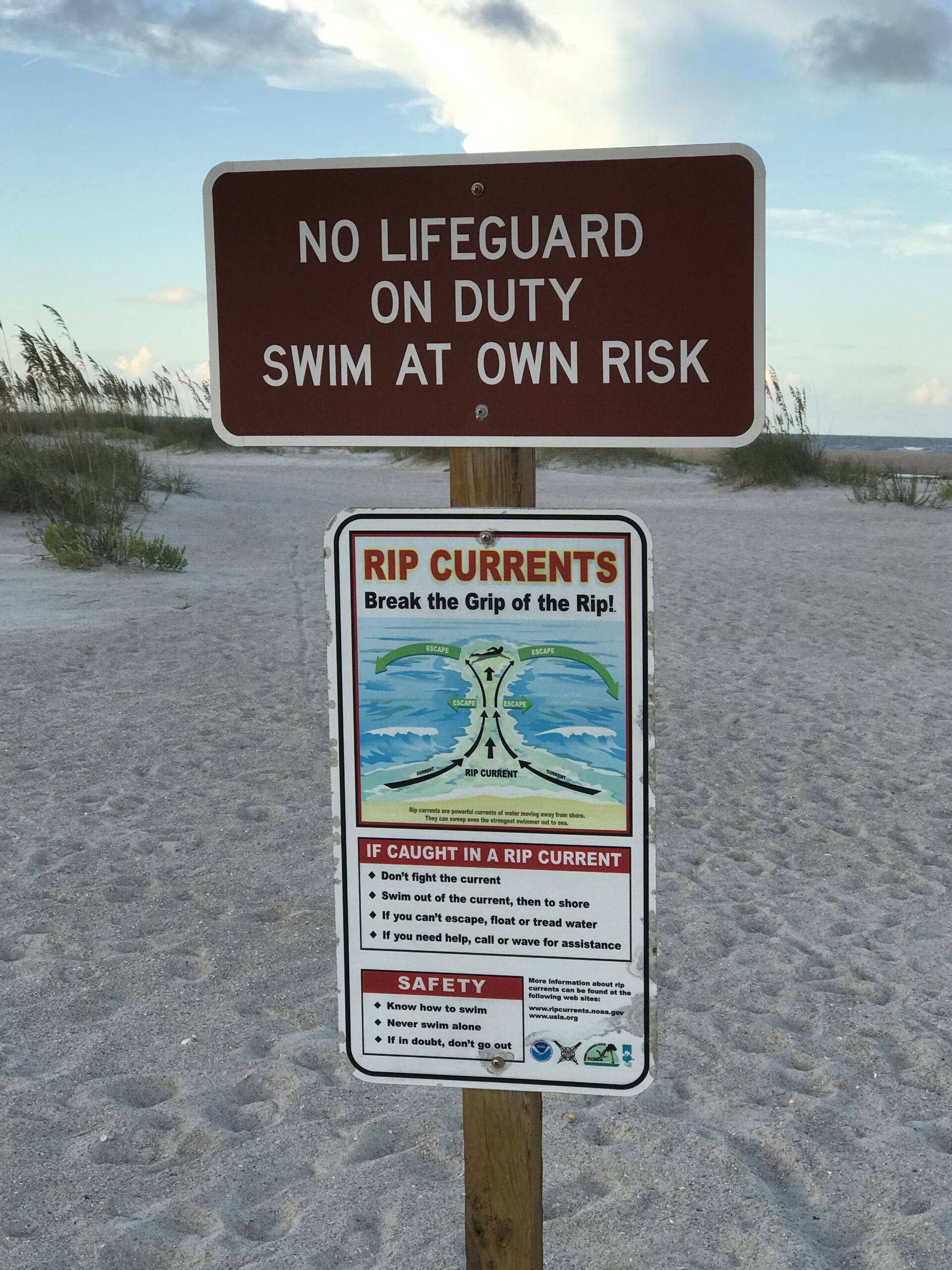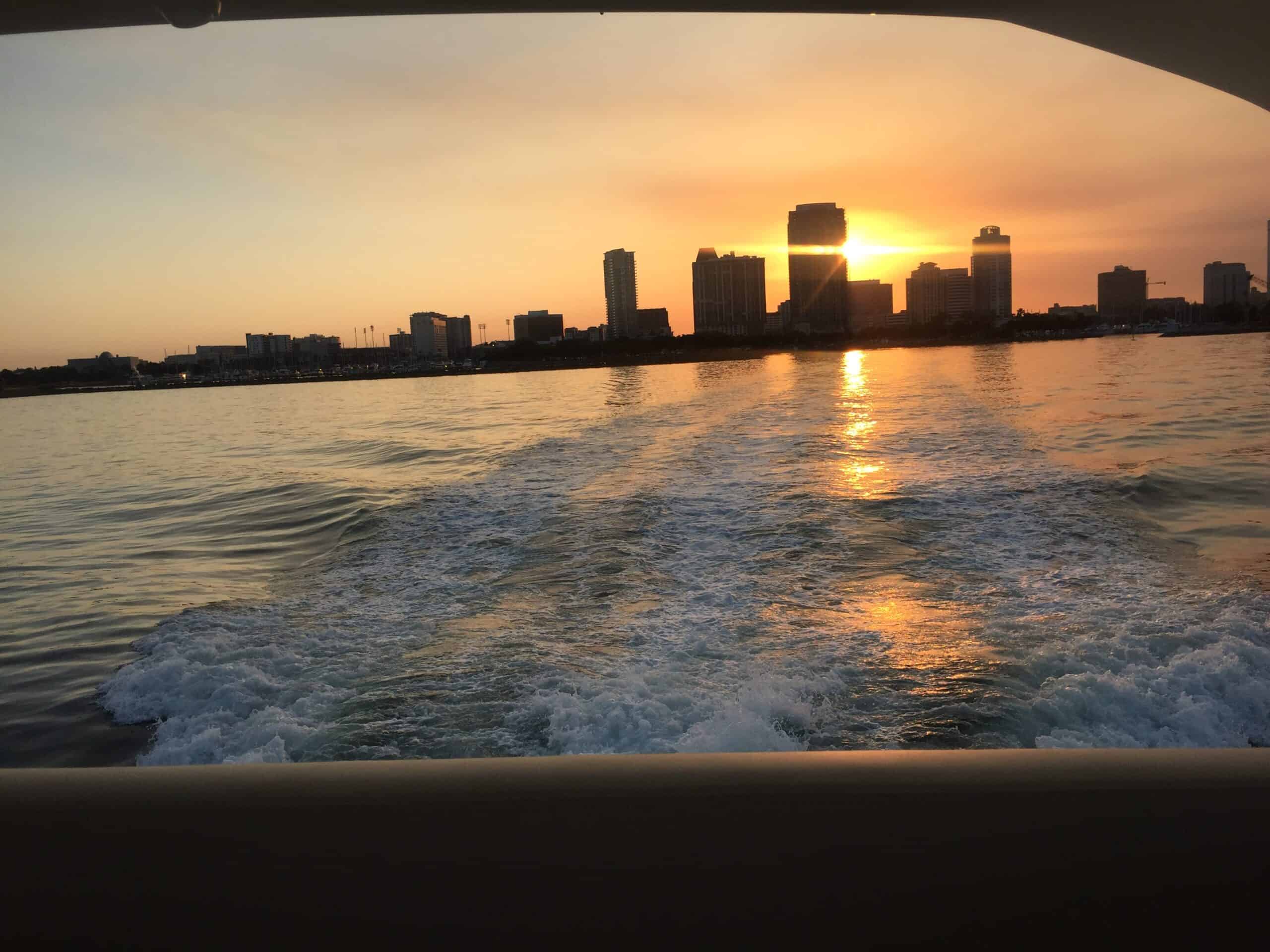Is St. Petersburg Safe? [Crime Rate & More]
Is St. Petersburg Safe? [Crime Rate & More]
Violent Crime vs. Petty Crime
Generally speaking, St. Petersburg is a safe place to visit and reside. There are neighborhoods that visitors should avoid, just like any city, but in the touristy and retail areas, using common sense will help keep you safe from crime.
I went to the St. Petersburg Police Department’s website to find information regarding the city’s crime rates. The bottom line, the city has an average of a 3.1% crime rate per 100,000 population.
Below are some helpful tips to help you stay safe while you’re out and about.
- Be aware of your surroundings.
- Don’t walk with your phone in your hand.
- Use a parking garage or a well-lit parking lot.
- Don’t use earphones while walking around.
- Plan Ahead. Prepare your route and know where you’re going.
- Use a theft-proof purse or bag to secure valuables.
- Dress like a local. Do your best to blend in.
- Leave valuables and large amounts of cash locked up at home or your hotel.
- Stay in well-lit areas at night.
- Consider carrying a whistle or personal alarm.
- Avoid eye contact with persons exhibiting erratic behavior.
Downtown St. Pete is a very walkable city. There are always lots of folks out enjoying this beautiful waterfront city. Always be aware of your surroundings.
Safety at the Beach
Crime is not the only consideration for staying safe in St. Petersburg. Let’s talk about those gorgeous beaches that line the coastline.
Also Read: 9 Great Tips: Avoid Sunburn At The Beach
Sharks
There is no denying that every time we get into the ocean, we are in a wild habitat. There are lots of critters that swim among us, but there is no reason to cause alarm. Unprovoked shark attacks are very rare along the Gulf Coast, as explained by a University of Florida map and study.

I have lived in Florida for more than 20 years and I’m an avid boater and paddleboarder. I have never encountered aggressive marine wildlife, but I do know that it still needs to be respected and to keep my distance during a wildlife encounter.
Stingrays
One of the more common injuries from ocean wildlife is from the stingrays. The stingrays in this area love warm, shallow water and will bury themselves just below the surface of the sand.
Find the perfect Boutique Hotel in St. Petersburg, here!
When entering the water, especially during the summer months, be sure to slide or shuffle your feet over the sandy bottom. This alerts the stingrays and gives them time to move along.
In the unfortunate event you have an encounter with one of these creatures, the sting feels similar to a bee sting and basic first aid should be administered. If you’re highly allergic to bee stings, seek medical treatment immediately.

Rip Currents
Rip Currents are very dangerous and account for about 80% of lifeguard rescues each year. It’s important to know what a rip current looks like and know what to do if you are caught in one. I’m going to let NOAA explain this one for the most accurate information. Be sure your entire family is aware of this information.
Red Tide
Red Tide is a harmful algae bloom that kills fish and wildlife by depleting oxygen from the water. This causes the dead animals to wash ashore and cause a very foul smell. In an extreme red tide, respiratory conditions can deteriorate causing beachgoers to cough and have trouble breathing.
Unfortunately, the only way to stay safe from the red tide is to avoid going to the affected beach or waterway.
Petty Crime
Ok, here comes the common sense part, again. While you’re at the beach, do not leave your wallet, purse, and other valuables unattended. It’s not fun to come back to your beach pad to find someone has taken your belongings. If you must take valuables to the beach, try using a decoy or deterrent.

Severe Weather
Florida ranks #1 in lightning density out of all of the US States. If you hear thunder or see lightning, seek shelter immediately. Most of the time, the hazardous weather will pass within 30 minutes or so and you can resume your normal activities.
Hurricanes
Hurricane season runs from June 1 – November 30. During this time, tropical weather activity can produce a variety of storms, mild and severe, and preparations should be made if a storm is looming. It’s been a long time since there has been a hurricane hit Tampa Bay.
Luckily, there are often several days of planning and preparations that can be made before a storm’s landfall. If you are planning on visiting the Tampa Bay area, please keep your eyes on the weather forecast before and during your visit.
Traffic
Let’s face it. Tampa Bay is a very popular destination and visitors come here from all over the world. The locals have been known to be terrible drivers and then add in all of the other folks that are finding their way in unfamiliar territory, it can be a disaster.
My best advice is to allow some extra time to get where you’re going and pack your patience. Also, Don’t Drink And Drive. It’s just plain stupid to do so. Call a cab. Call a friend. Order an Uber. Use public transport. There are plenty of options to help keep the roads safe if you’ve had too many adult beverages.
Breakin’ It Down: Is St. Petersburg Safe?
YES! St. Petersburg is a very safe and enjoyable place to live and visit. Stay aware of your surroundings, use some common sense, and enjoy yourself!
Pin For Later!

